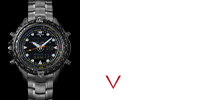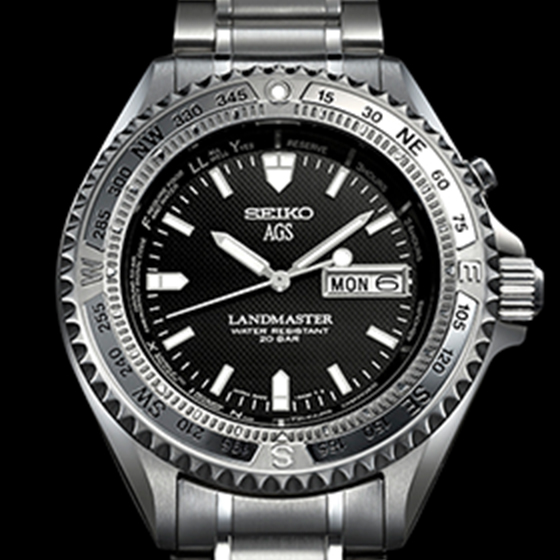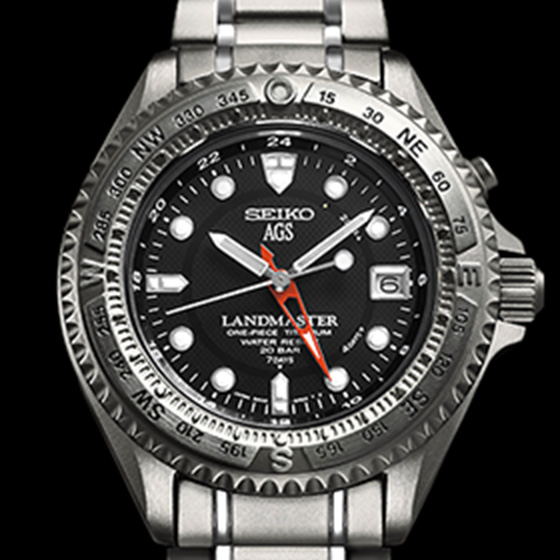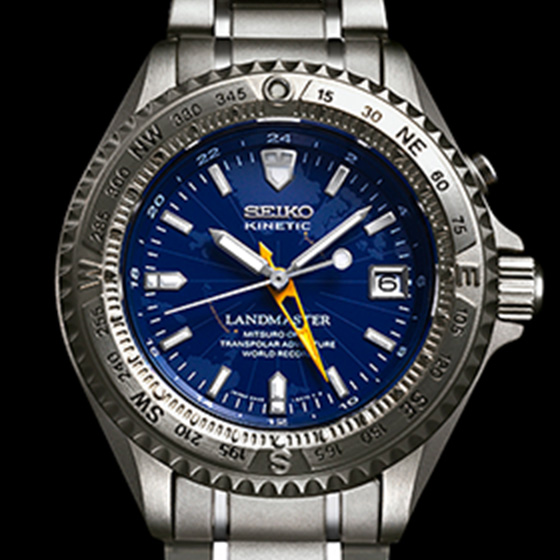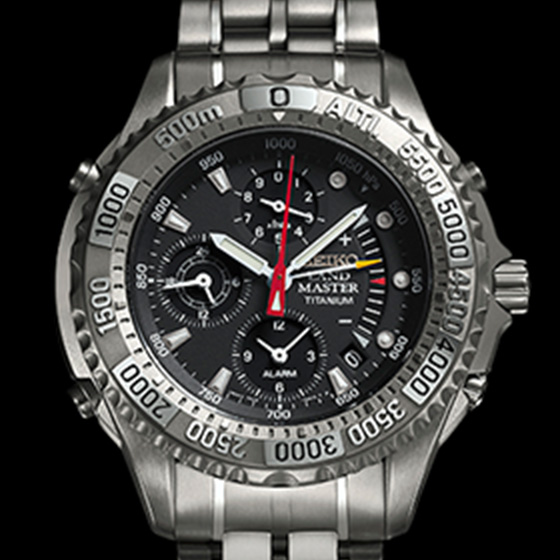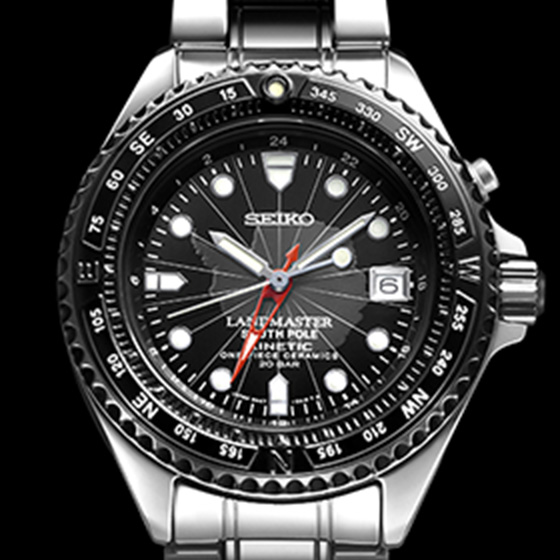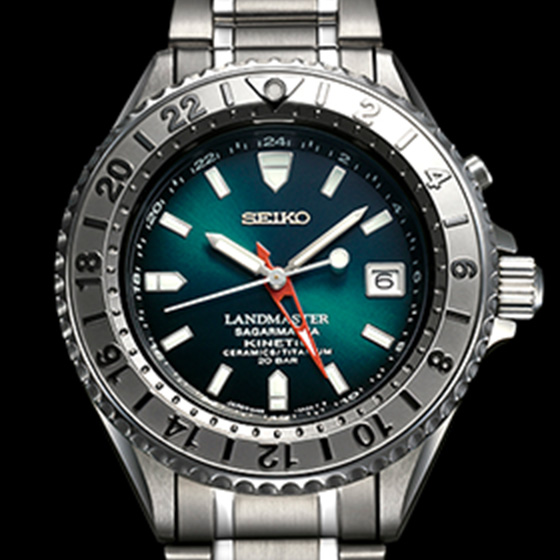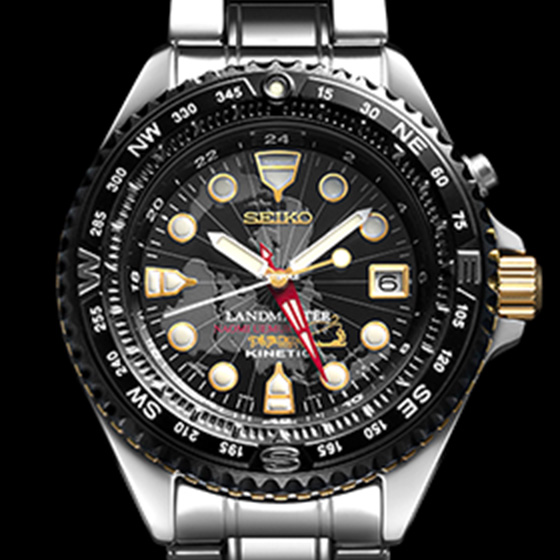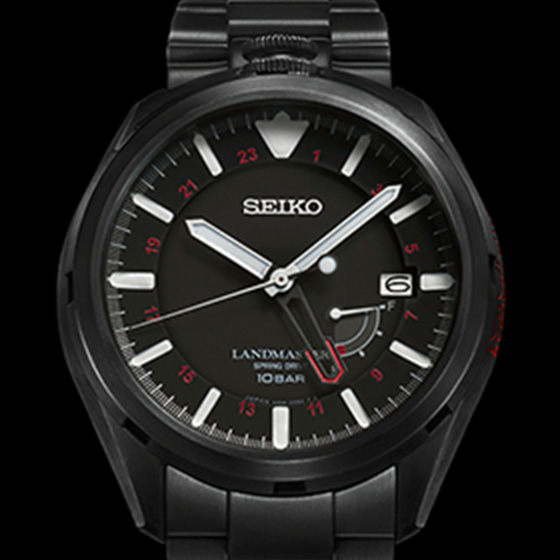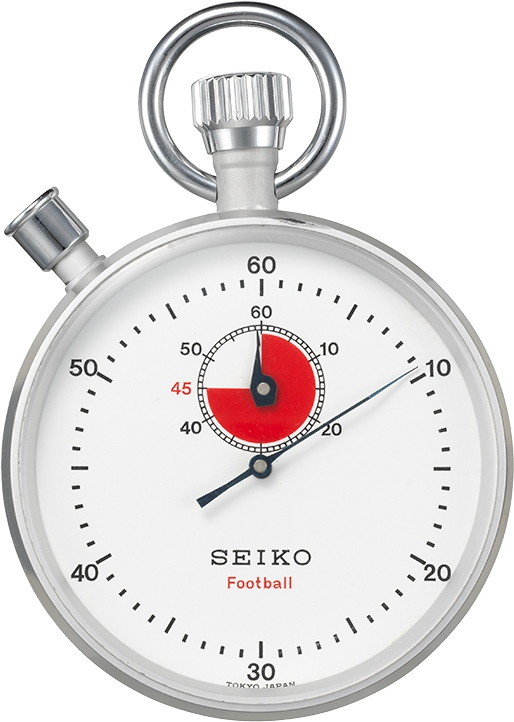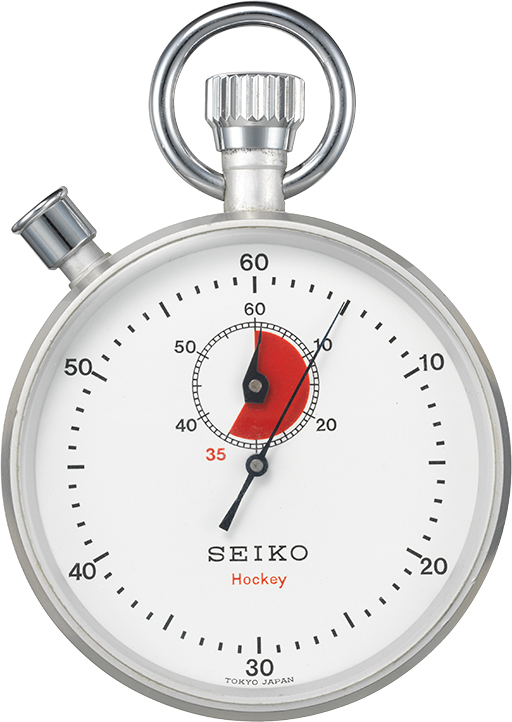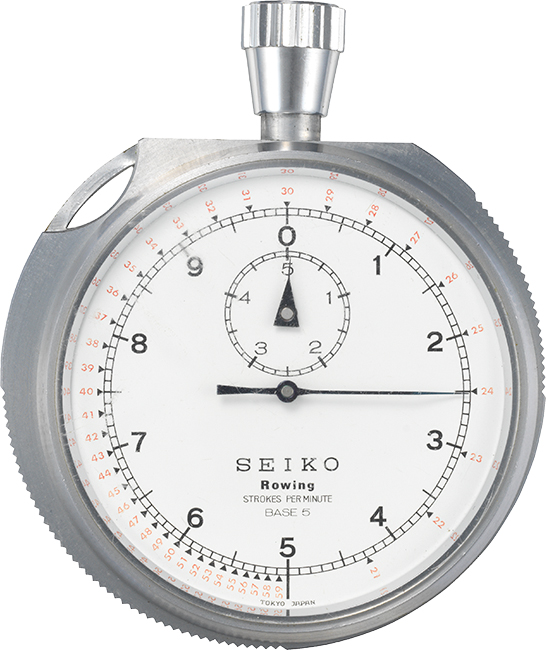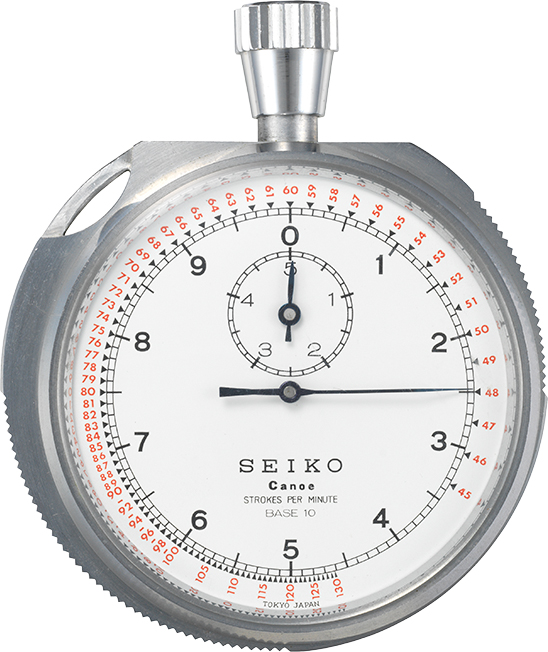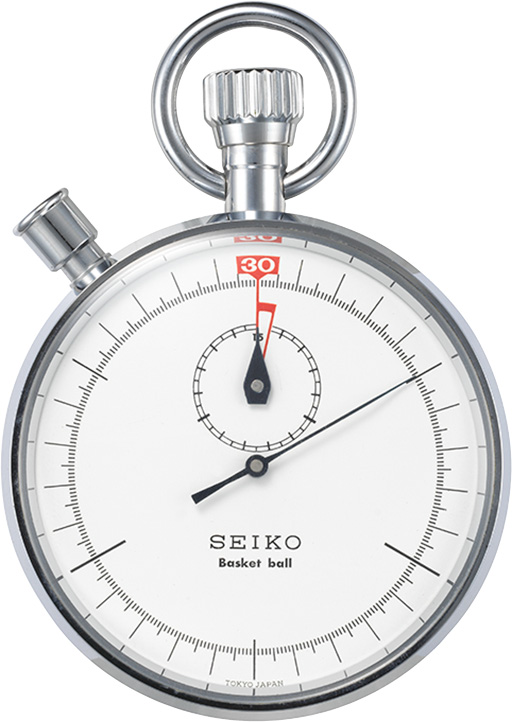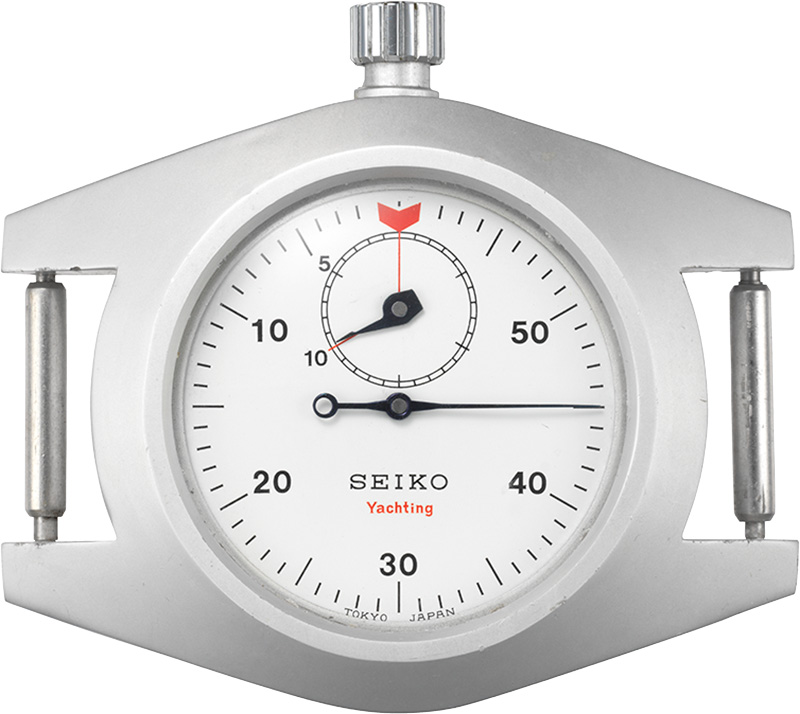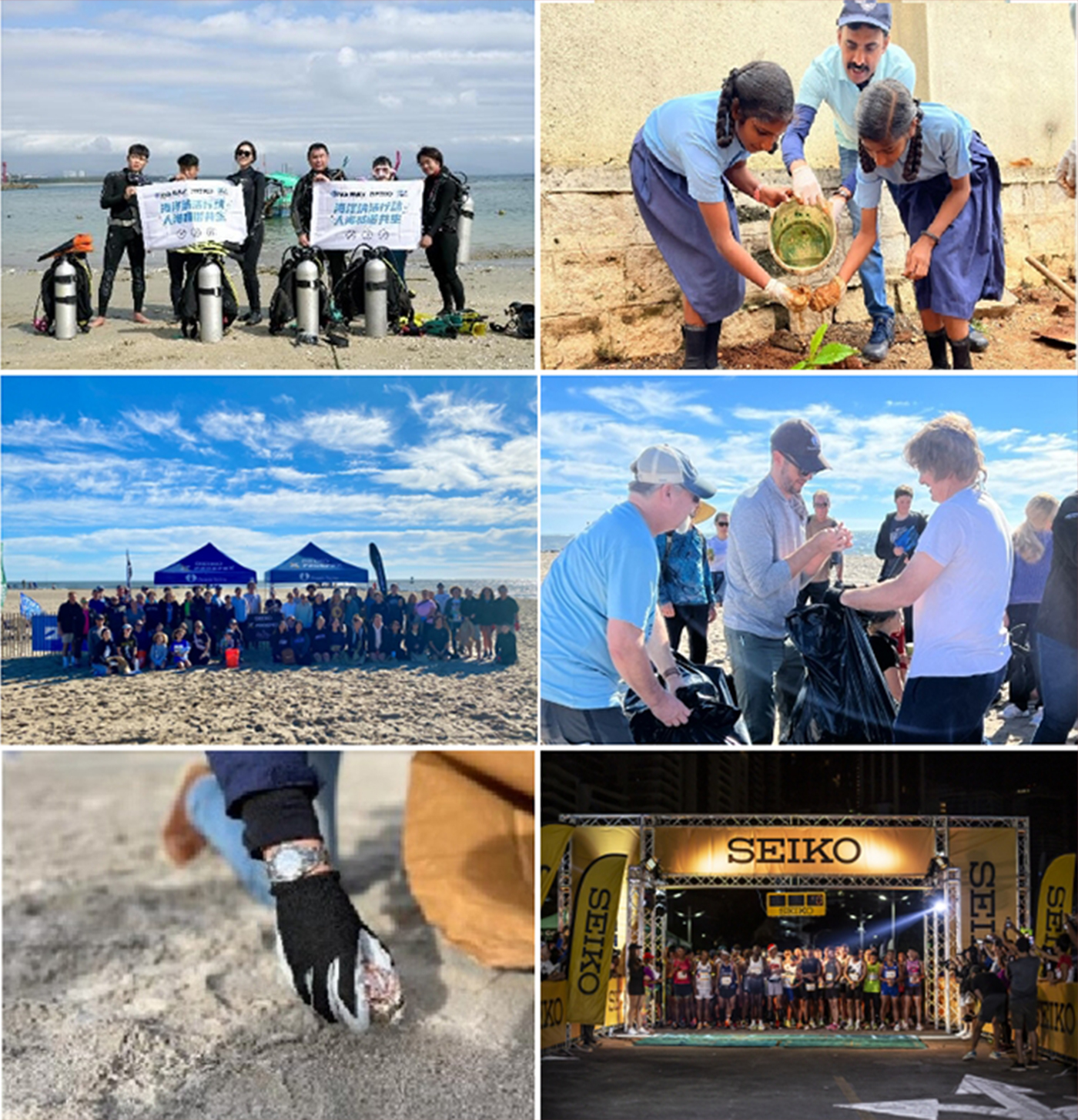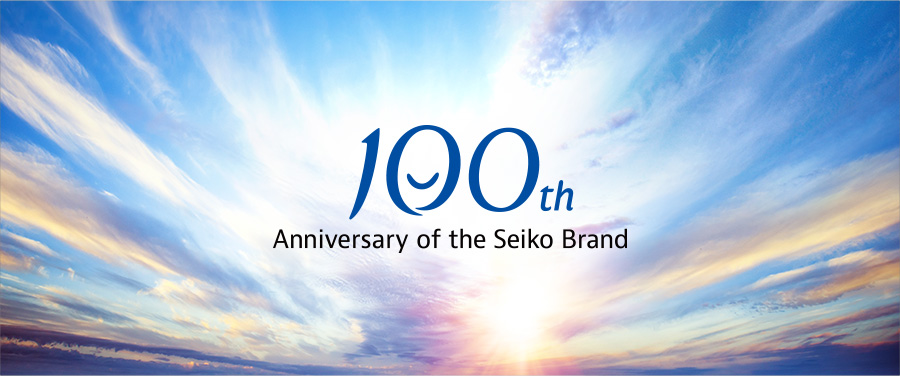68
The History of Seiko’s
Sports Watches Begins Here
When we talk about Seiko’s first sports watch, many people think of the company’s first diver’s watch, which was released in 1965. However, the real ancestor of Seiko sports watches is the Laurel Alpinist, launched in 1959. This model was developed in anticipation of a trekking and mountaineering boom in Japan. It had an airtight, screw-on back to prevent dust and sand from getting in, and a very robust structure for the time. The indexes and the hour and minute hands all had luminous inserts, and mountain-shaped indexes at 3, 6, 9, and 12 o'clock provided high legibility. The focus on durability and functionality would later influence the development of the famous diver’s watch, as well as the Fieldmaster and the Landmaster.
In 2021 Seiko released a model that faithfully recalls the design of the original. In that model as well as other rugged timepieces, the legacy of the Laurel Alpinist lives on.
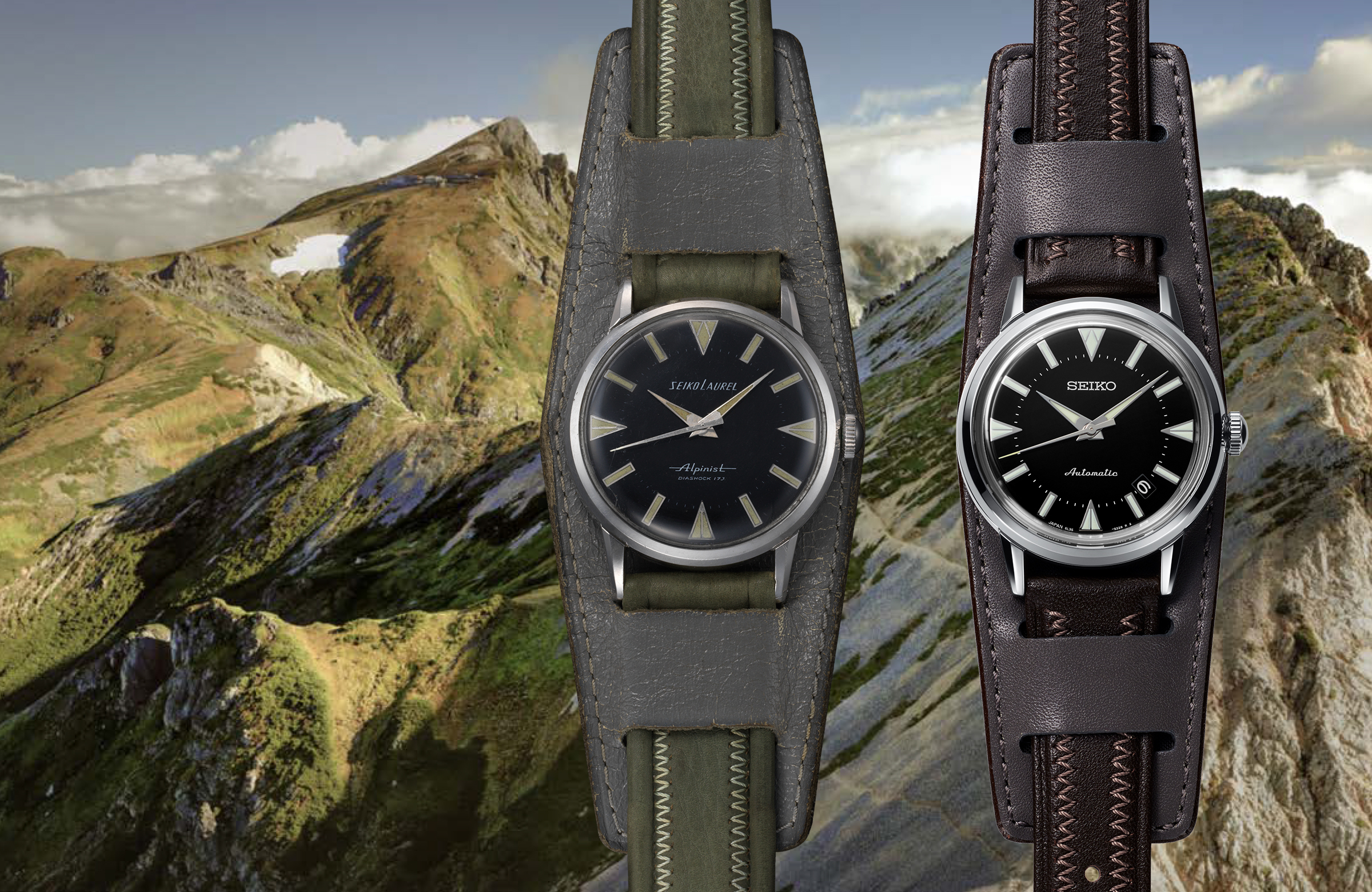
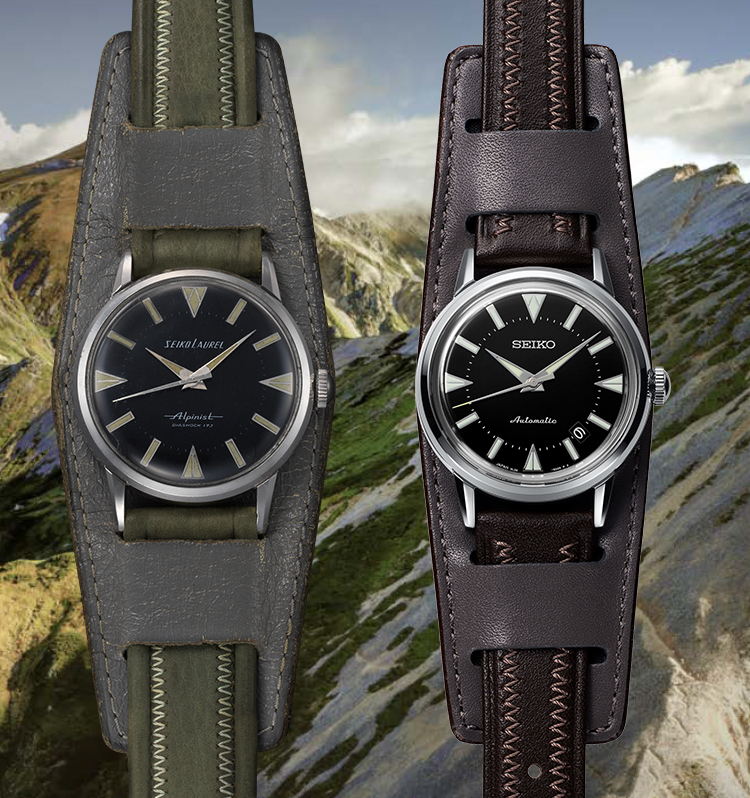

Laurel
Alpinist
This collection became quite popular when it was released just prior to Japan’s leisure boom of the 1960s. The Laurel Alpinist featured an airtight screw-on back and a highly legible dial that was clearly visible both day and night.
Seiko Prospex
Inspired by the 1959 Alpinist
This model honored the design tradition of the Laurel Alpinist, the peak of Seiko sports watches at that time. Naturally, the modern version’s specifications were significantly improved to bring it up to current Prospex standards.
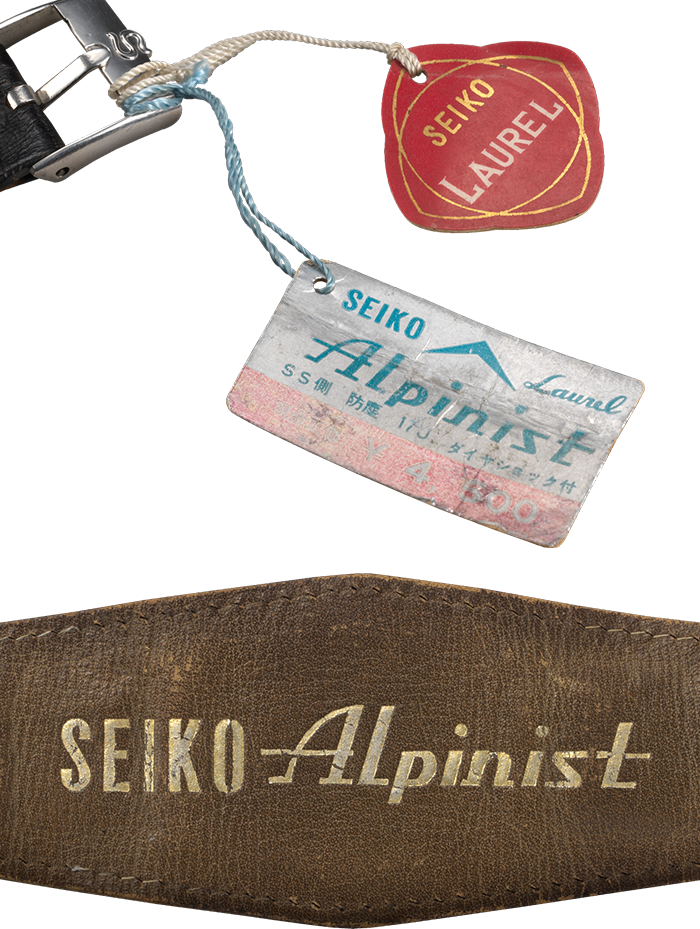
This classic Laurel Alpinist being preserved by Seiko still has its original tag. “SEIKO Alpinist” is prominently written on the back of the leather cuff that protects the watch from sweat.
69
Adventure Watch:
The Landmaster Challenge
The Fieldmaster was first released in 1984 as a survival watch. Carrying this spirit into a new decade, in 1993 Seiko launched the Landmaster, equipped with a proprietary A.G.S. (automatic generating system, currently called the Kinetic) mechanism. Since then, the Landmaster has evolved in response to suggestions from adventurers and mountaineers as they venture into extreme environments. Its one-piece case construction began as all-stainless steel, but soon evolved into titanium and ceramic. Functionality was increased with the addition of sensors to measure altitude and atmospheric pressure. Although developed to meet the extreme challenges faced by mountaineers, the Landmaster has become extremely popular with urban dwellers and global businesspeople as well. Few watches have succeeded in exciting such a spirit of romantic adventure.
70
Celebrating
the 30th Anniversary
of the Landmaster
Prospex SLA071
The 30th anniversary limited-edition of the Landmaster, a watch that has been trusted by adventurers and mountaineers for decades. From the second generation onward, the case has been made of solid titanium. This design is inherited from classic models of the past, and the movement is the dependable, high-precision Caliber 8L35, manufactured at the Shizukuishi Watch Studio in northern Japan.
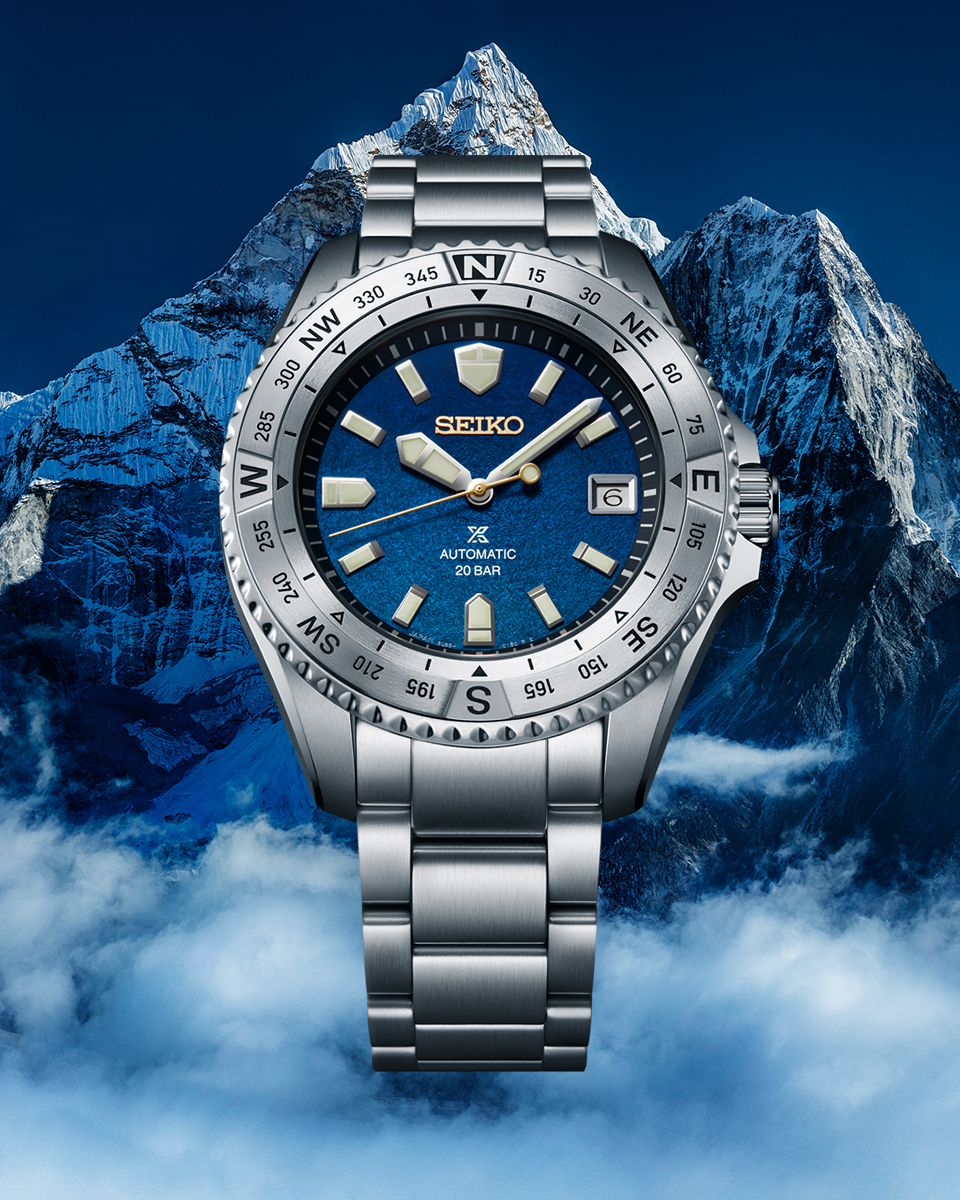
Prospex SLA071
The 30th anniversary limited-edition of the Landmaster, a watch that has been trusted by adventurers and mountaineers for decades. From the second generation onward, the case has been made of solid titanium. This design is inherited from classic models of the past, and the movement is the dependable, high-precision Caliber 8L35, manufactured at the Shizukuishi Watch Studio in northern Japan.
The Challenge to Command
Land, Sea, Air, and Space
Seiko watches tell the time in the most challenging environments. Since developing Japan’s first diver’s watch in 1965, Seiko has taken on the challenge of creating a variety of different models that are not only extremely accurate, but also rugged and durable. One of the primary drivers of this ongoing mission has been the constant flow of requests from professionals in many areas who told us they needed a watch that was stronger or lighter or more waterproof, and so on. With each model, Seiko overcame numerous technical difficulties and developed new functions or new, improved characteristics to help support these explorers and adventurers, many of whom literally risk their lives day after day. From the bottom of the ocean to the edge of outer space, from the North Pole to the South Pole, and everywhere in between, people depend on Seiko quality to help them survive and succeed.
Seiko continues to listen to people who challenge the limits of endurance, always proud to develop watches that only we can create.
71
Sturdy Cases
on Display
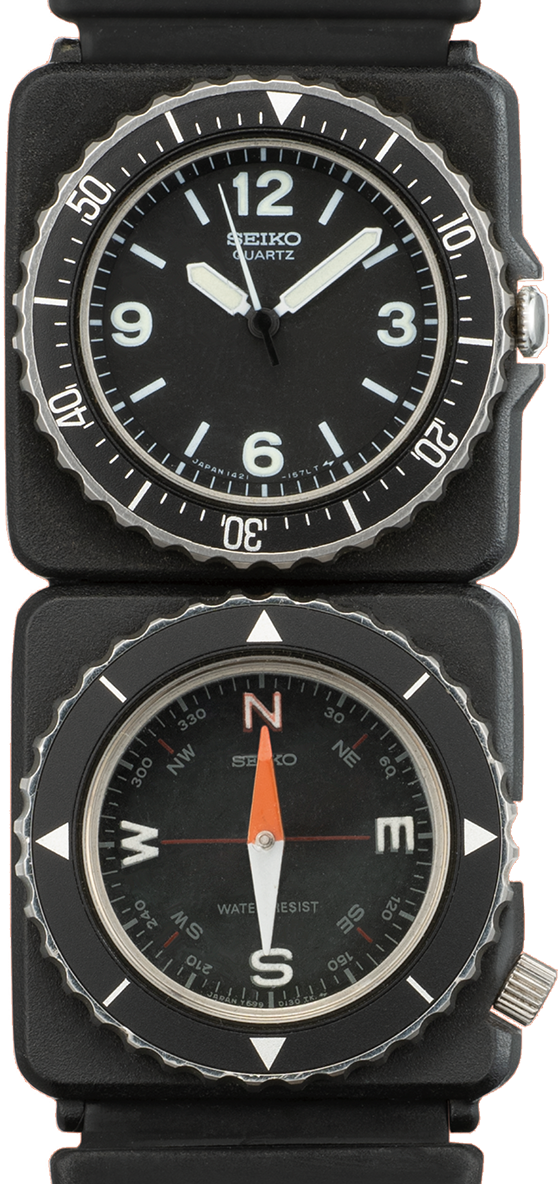
Fieldmaster
A heavy-duty watch for outdoors with interchangeable add-on modules, such as a compass, which can be freely attached at the 6 o'clock position of the fixed analog watch module.
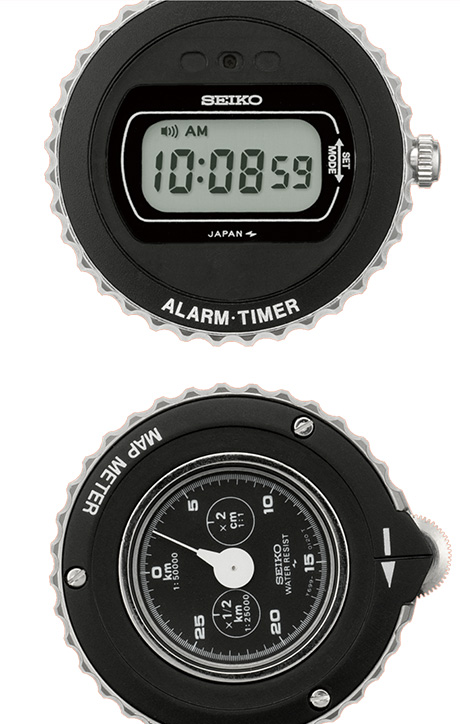
These modules include a digital watch with timer and alarm functions and a map meter to calculate actual distance on a map. This model became popular for its flexibility, allowing the wearer to customize it according to personal needs.
72
The First
Diver’s Watch Bore
a Dolphin Mark
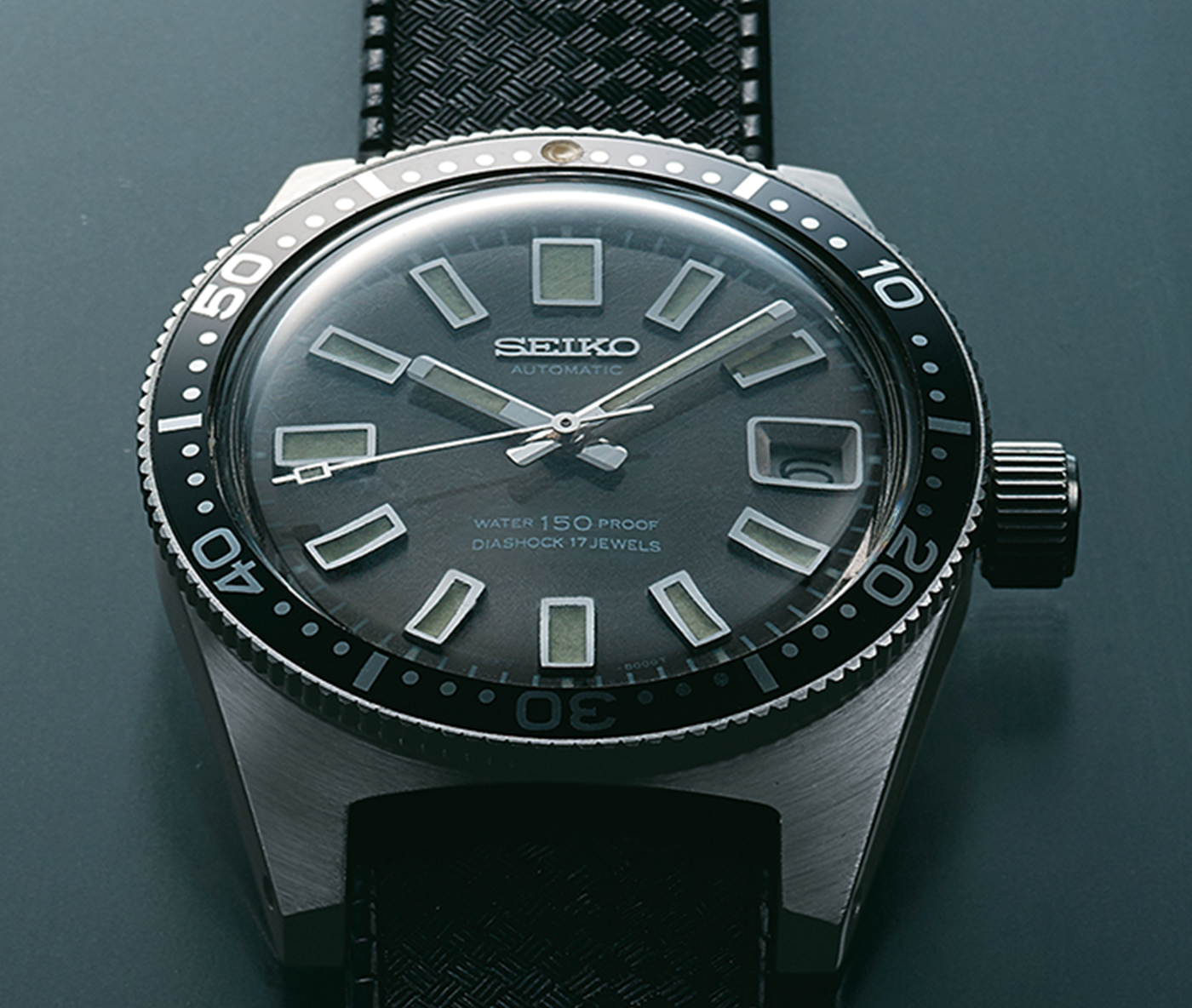
1965 Diver’s
Japan’s first diver’s watch boasted water resistance to 150 m. Powered by a highly reliable automatic movement, it is famous for being worn by members of Japan’s 1966 Antarctic Research Expedition.
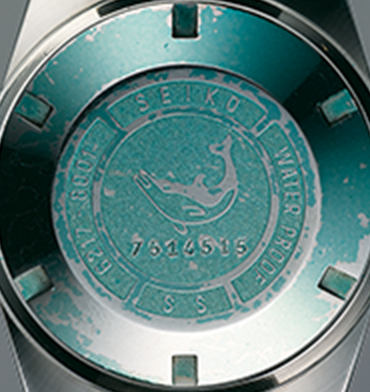
To withstand extreme pressure underwater, Seiko adopted a double packing structure for the crown. Famously, the case back features a dolphin mark, symbolizing its water resistance. This model began a long succession of outstanding diver’s watches, which would eventually achieve water resistance to 1,000 m.
73
The Challenge for
an Authentic
Pilot’s Watch
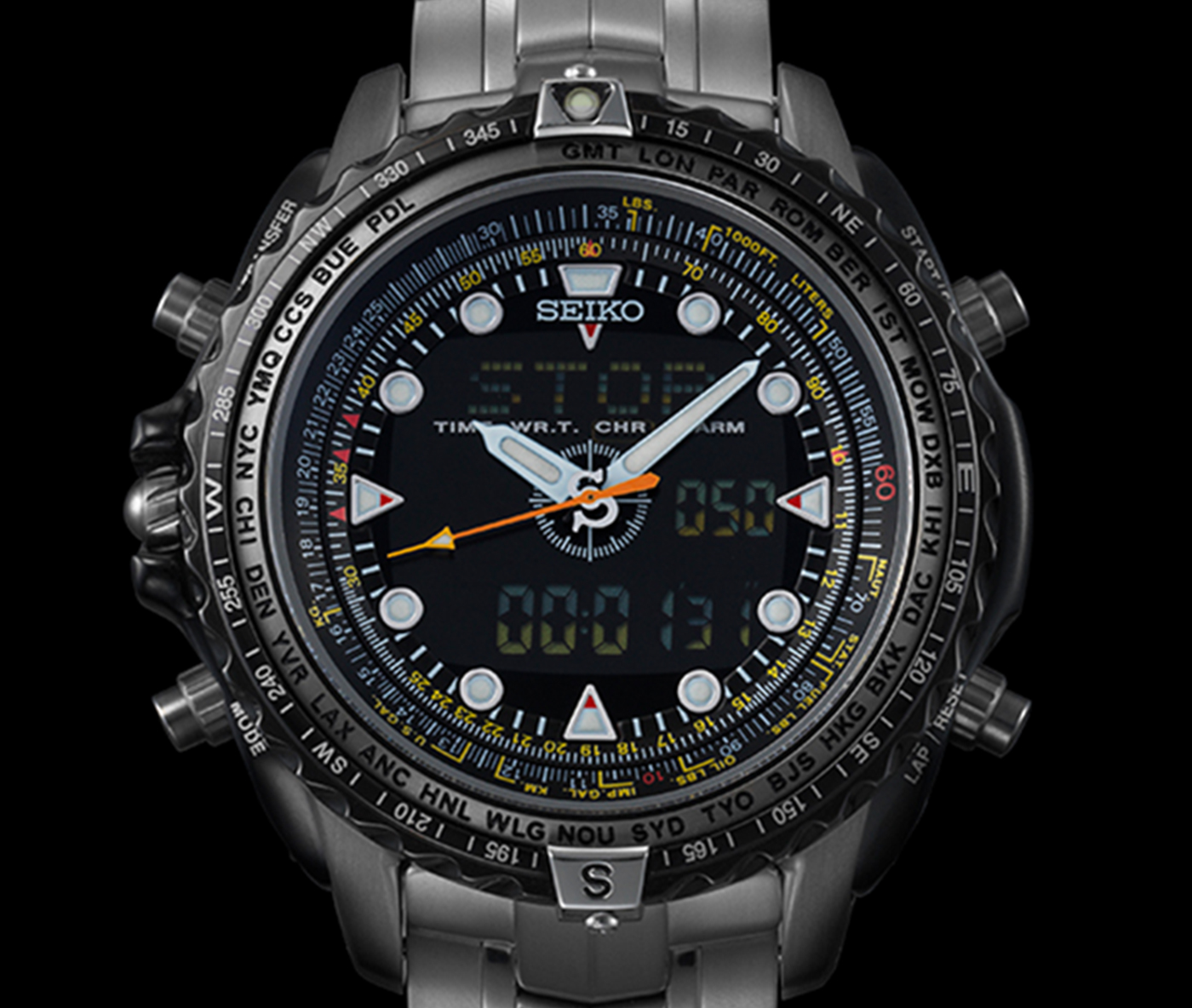
Prospex Sky Professional
This is a genuine pilot’s watch, equipped with stopwatch and aviation slide rule inner ring that can quickly perform necessary calculations during flight, including flight speed, fuel consumption, unit conversions, and navigational computations, among its many functions.
74
Accurate Even
in Zero Gravity
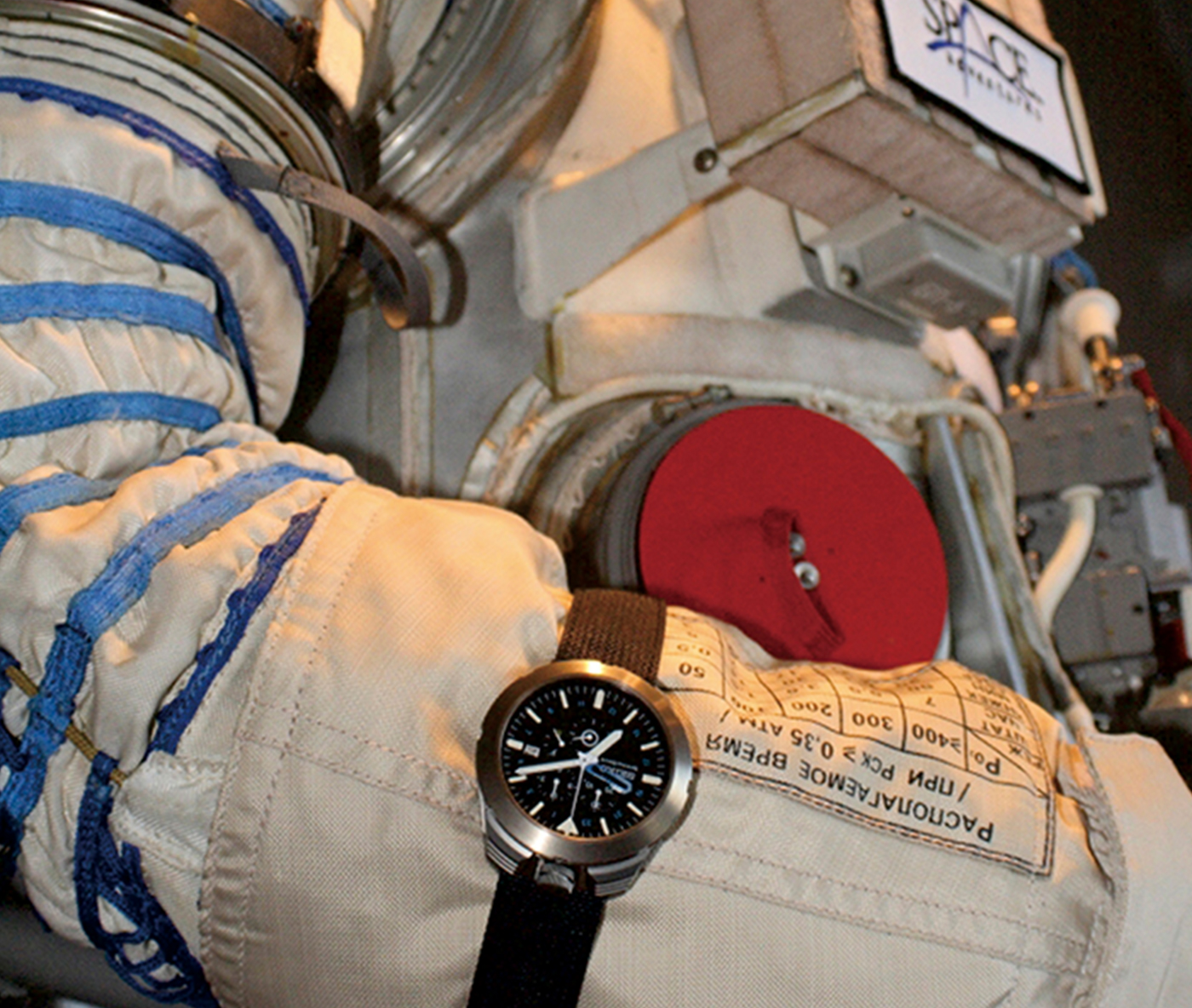
Seiko Spring Drive Spacewalk
This watch was designed and developed by Seiko for use in outer space. In 2008, it was worn by a crew member on the International Space Station. The watch survived this challenging environment and proved that it could maintain excellent accuracy even in zero gravity.
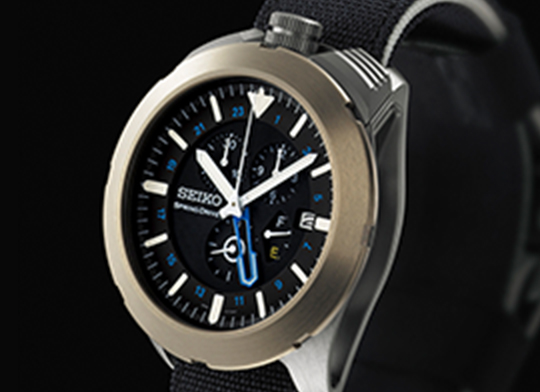
75
Aiming for Intervals of
1/1000th of a Second
Seiko has introduced several innovations to the field of sports timing. The first was stopwatches. Until the 1960s, there were no Japanese-made high-precision stopwatches for timing official sports competitions, and when multiple devices were used for measurement, errors inevitably occurred. These were initially thought to be human errors - caused by slight differences in when the operators pressed the buttons. However, Seiko determined that the real cause lay in the internal mechanisms, and came up with the idea of using a part called a heart-shaped cam for the start-and-stop mechanism. In 1962, Seiko succeeded in producing a stopwatch that measured the same time no matter who was pressing the buttons. Then, for a world-famous international sporting event held in Tokyo in 1964, Seiko developed a ground-breaking model that could record times with an accuracy of 1/100th of a second.
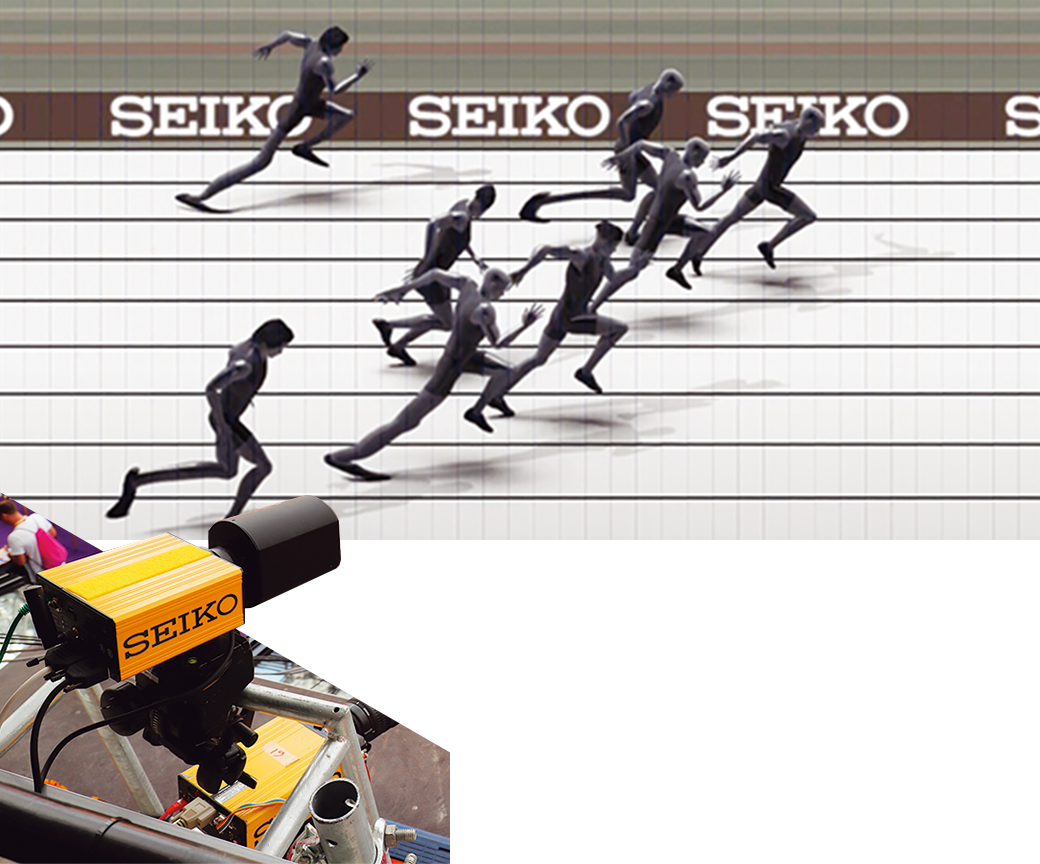
©AfloSport
Photo Finish System
The Seiko Photo Finish System was developed to precisely measure time in activities such as sporting events. This camera captures 2,000 images per second, which then become the basis for judging the finishing order and winning times of races.
In addition, Seiko launched a variety of stopwatches that were customized to individual competitions. Over time, Seiko developed an increasingly precise, increasingly useful series of devices, leading to a cutting-edge system that could measure events to an astounding accuracy of 1/1000th of a second.
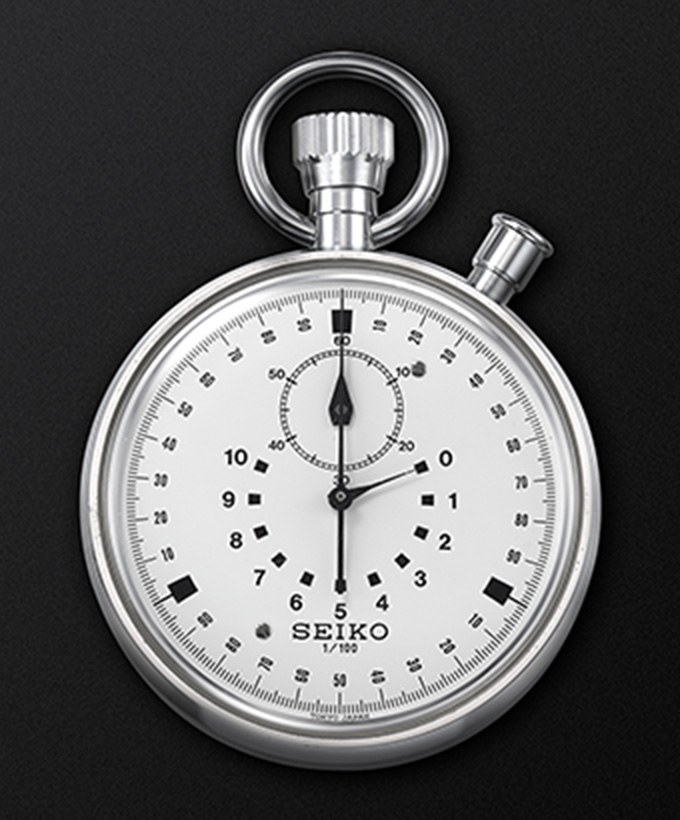
In fact, this stopwatch, which was capable of measuring intervals as small as 1/100th of a second, was selected for timekeeping at a world-famous international sporting event in 1964, and was used in canoeing, cycling, and even the rifle competition.
Stopwatches for Specific Events in 1964
Seiko developed stopwatch models that were optimized for each sport. The one for yachting, for example, was equipped with a countdown timer.
76
Timing the World’s
Fastest

In the 100 m track event, world-class athletes run at speeds exceeding 10 m per second. To time these performances, the equipment must be accurate to 1/1000th of a second. As a result, timekeeping for major sporting competitions entered an era in which measurements are determined from high-speed photographic images, as typified by Seiko's Photo Finish System.
The photo shows the trackside display board used at the 2009 World Athletics Championships, which can display up to 59 minutes and 59.99 seconds. Seiko continues to develop and employ cutting-edge technology to provide outstanding accuracy in both timekeeping and measurement at international athletic events.
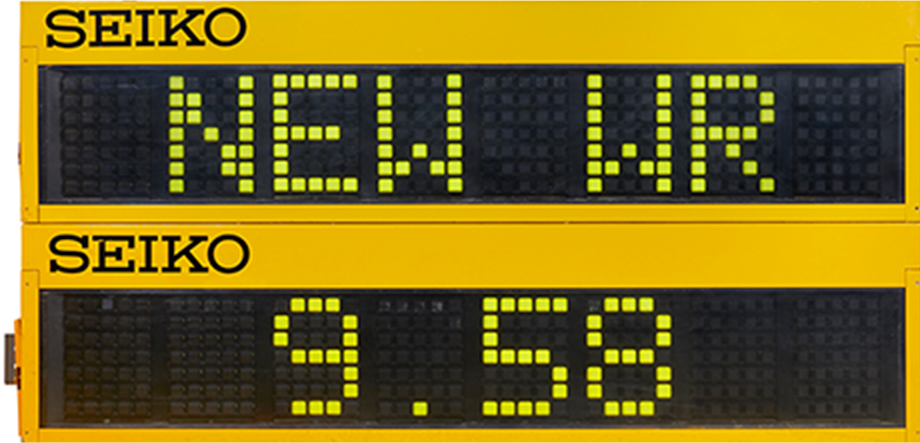
It was at the 2009 World Athletics Championships where a new men’s 100 m world record was set. The equipment that displayed the world’s fastest time of 9.58 seconds was a trackside display board manufactured by Seiko.
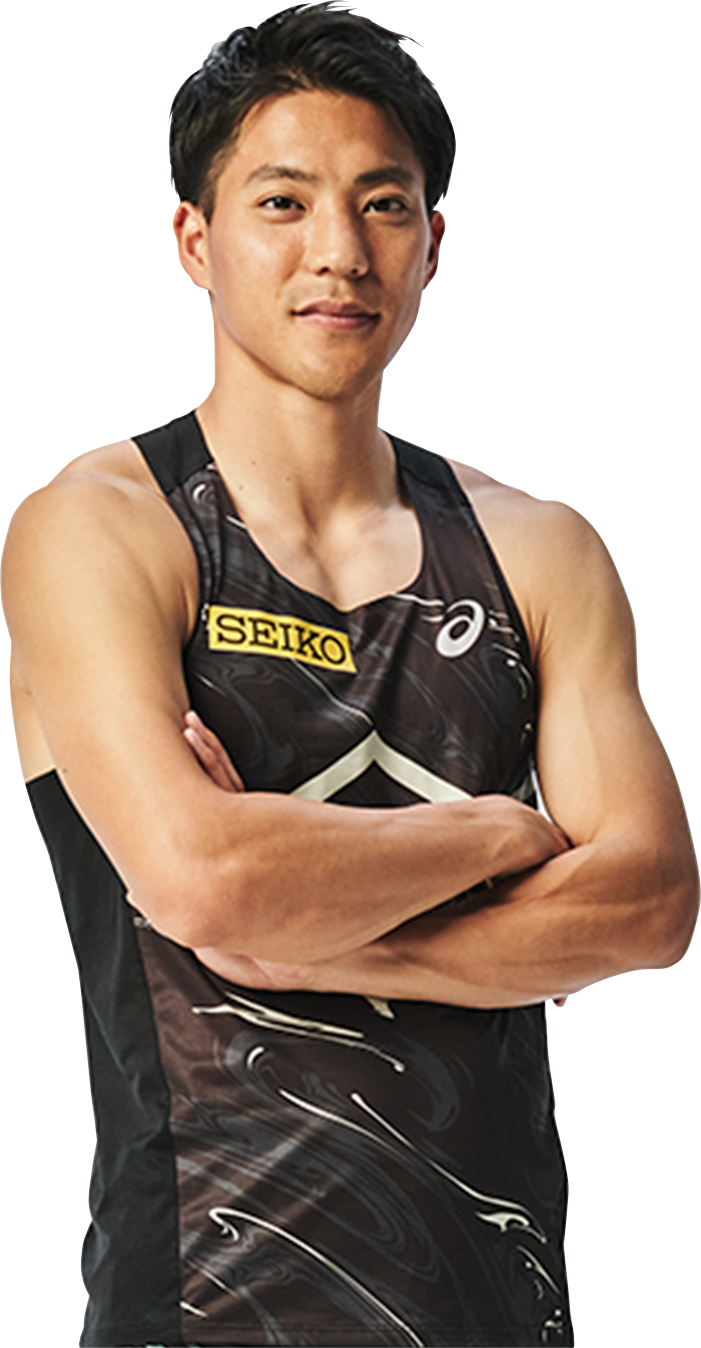
Ryota Yamagata:
9.95 seconds,
a Japanese National Record
Yamagata was a key member of Japan's silver medal-winning team in the 4 x 100 m relay event at the 2016 Rio Olympics. At a Japanese competition in 2021, he set a new national record in the men's 100 meters, clocking an impressive 9.95 seconds.
77
Supporting Japan’s
Fastest Athletes
Since the world-famous international sporting event in 1964, Seiko has been committed to supporting track and field as well as a variety of other sports with its state-of-the-art technology. Currently, Seiko is actively supporting athletes as well. One such athlete is Ryota Yamagata, a Japanese sprinter. Having overcome a slump and injury in 2021, Yamagata’s indomitable spirit led him to set a new Japanese national record in the men’s 100 m at the Fuse Sprint 2021 with a blazing 9.95 seconds, his first time to break the 10-second barrier. In 2018, Japan's record-holder for the women’s 100 and 200 m events, Chisato Fukushima, joined Seiko’s staff. After her retirement in 2022, she continued to contribute to fostering the next generation of athletes as a Seiko Smile Ambassador.

Ryota Yamagata: 9.95 seconds,
a Japanese National Record
Yamagata was a key member of Japan's silver medal-winning team in the 4 x 100 m relay event at the 2016 Rio Olympics. At a Japanese competition in 2021, he set a new national record in the men's 100 meters, clocking an impressive 9.95 seconds.
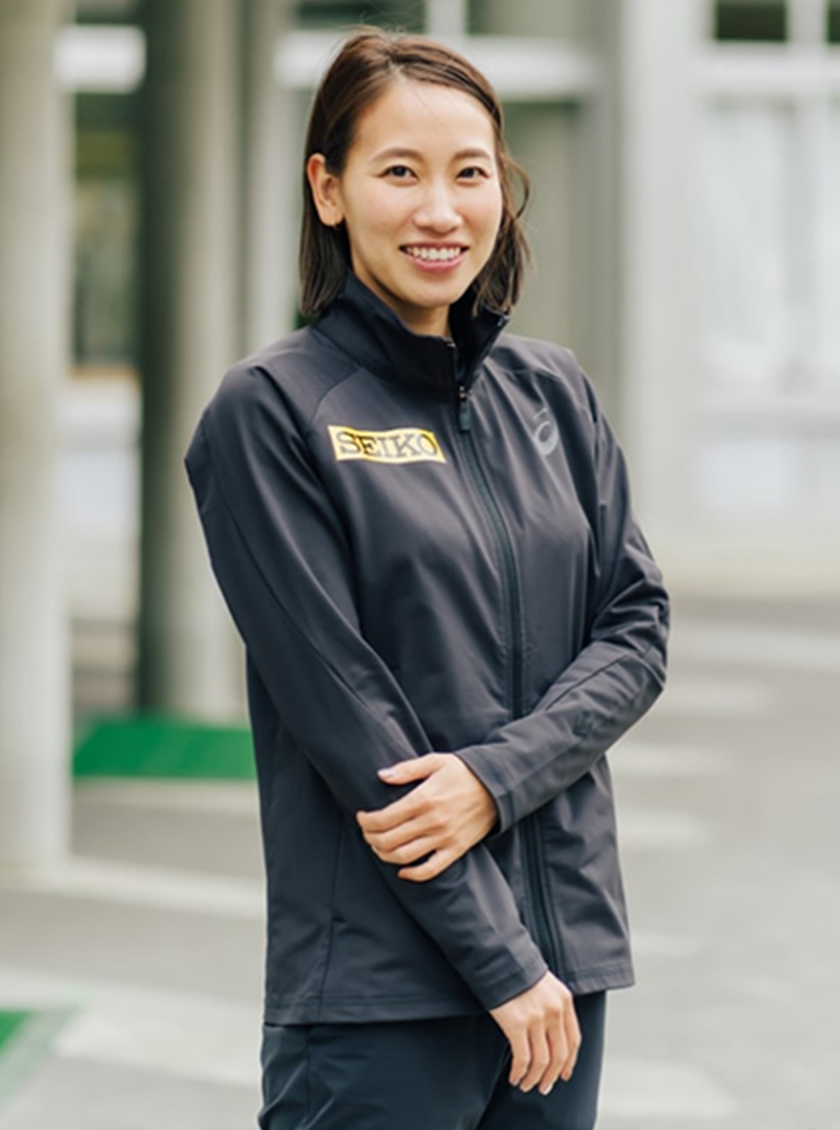
©Naoya Ochiai
Chisato Fukushima:
Seiko Smile
Ambassador (Sports)
Fukushima is Japan’s national record holder in the women’s 100 and 200 m events. Chisato’s other exemplary achievements include winning the 100 m title at the Japan National Championships for seven consecutive years, from 2010 through 2016.
78
Sports Sponsorship &
Serving as Official Timer
In the early 1960s, Seiko developed a series of instruments for sports timing. Each of these cutting-edge devices was designed with a detailed understanding of the requirements of each sport. As such, they came to be widely used, and led to the building of deep trust relationships with federations in charge of each sport.
In the years that followed, Seiko became a sponsor and official timer of several major competitions, particularly in track and field, swimming, and judo events. In 1985, Seiko partnered with World Athletics (formerly the International Amateur Athletic Federation) to host the World Athletics Championships. Beginning in 2011, we sponsored the Seiko Golden Grand Prix, an official qualifying event to select athletes to represent Japan in international sporting competitions, such as the World Athletics Championships. Seiko is proud to support all sorts of athletes, both amateur and professional, in a wide variety of sports.
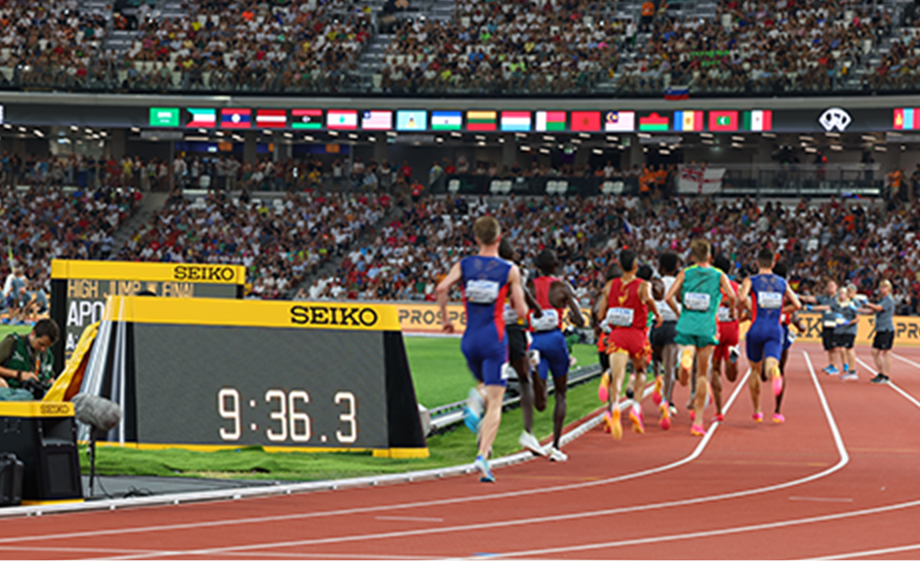
©AfloSport
Track and Field
High Accuracy Timekeeping and Measurement
For the world-famous international sporting event held in 1964 in Tokyo, Seiko developed 1,278 devices, including all the timing equipment used for track and field events. The high accuracy of that equipment made Seiko a recognized name in sports timing, and from then on, the company became deeply involved in track and field competitions.
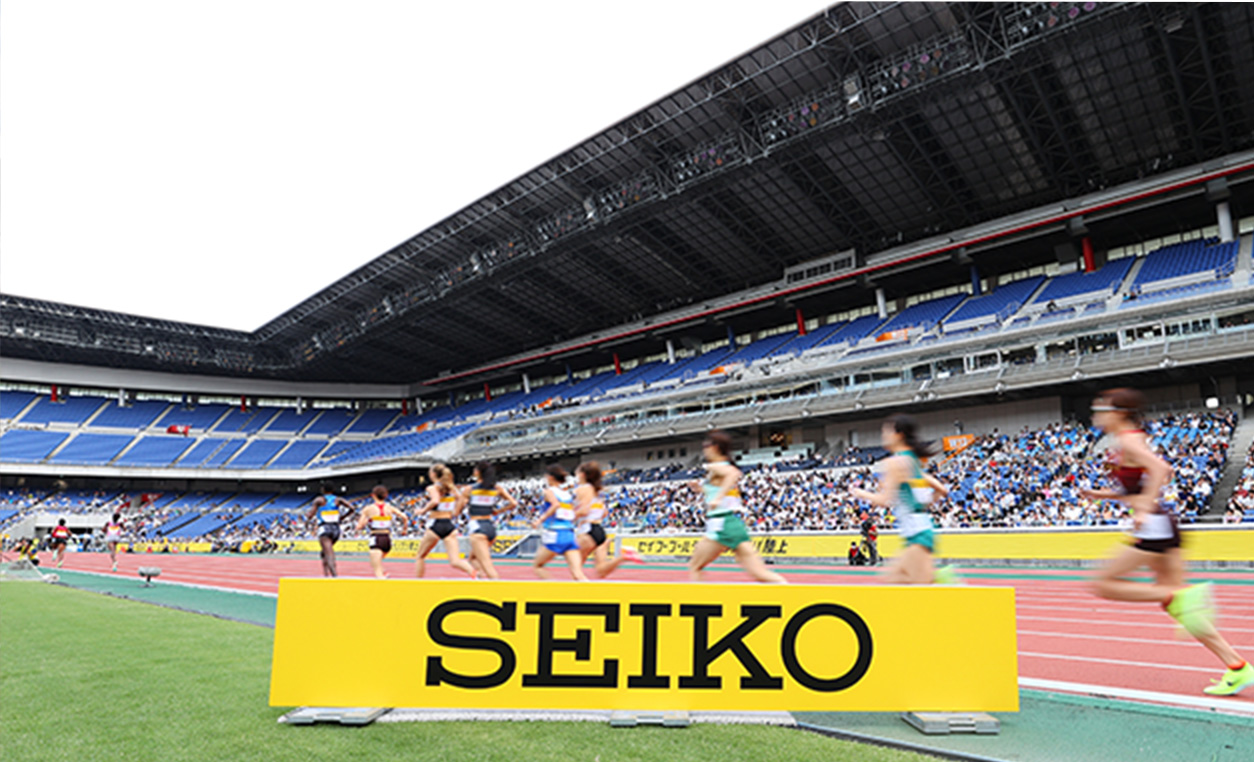
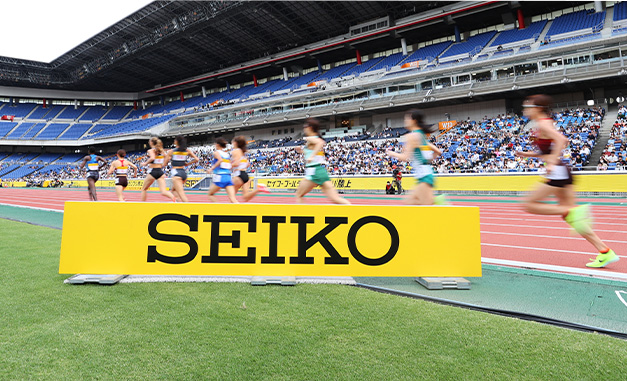
©AfloSport
Supporting a Large-Scale Track and Field Competition
The Seiko Golden Grand Prix is an international track and field competition which features the world's top athletes. It is also an official qualifying event to select athletes to represent Japan in international sporting competitions, such as the World Athletics Championships. Seiko has sponsored this event since its predecessor, the Super Athletics Meet, and also serves as the official timer.
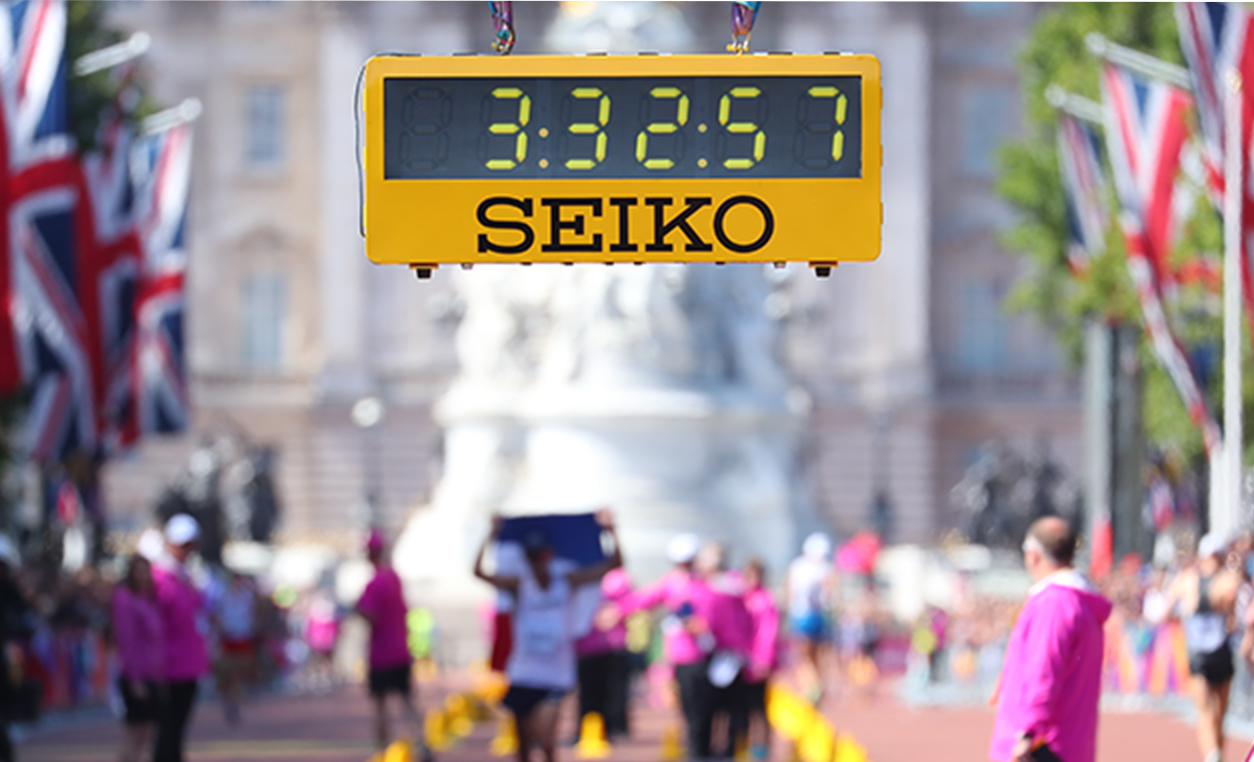
©AfloSport
Over Three Decades of Timing Great Moments in Sports
Seiko first partnered with World Athletics (formerly IAAF: International Amateur Athletic Federation) in 1985, and became the official timer of the World Athletics Championships in 1987. Since then, Seiko has continued a long, outstanding record with the World Athletics Championships and continued to developed new technologies for both timekeeping and measurement in multiple events. We are proud to have recorded so many record-breaking events in sports.
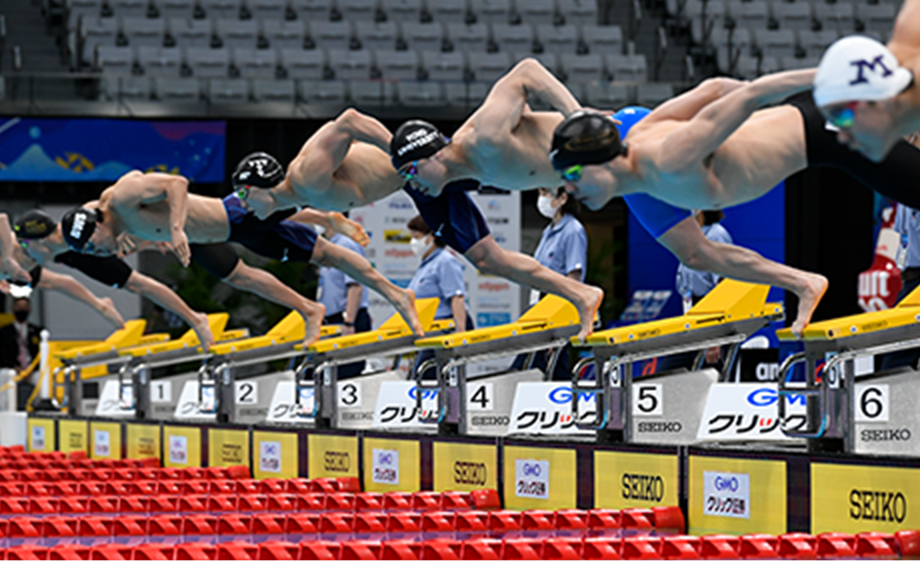
©PHOTO KISHIMOTO
Swimming
Providing Cutting-Edge Timing Systems for Swimming
As the only official timer for of the Japan Swimming Federation, Seiko provides the most up-to-date timing systems for several domestic tournaments, including the Japan Swimming Championships and the Japan Open. Also, by posting flash reports on the Internet and providing results announcements in real time, Seiko enables people who are not at the venues to share in the excitement.
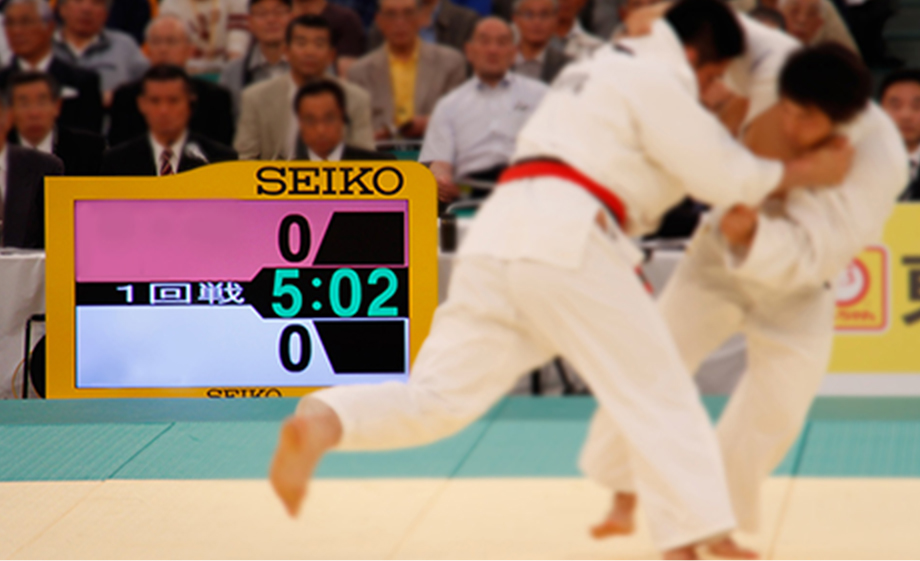
Judo
Accurately measure match time and immobilization time
Seiko has been a strong supporter of judo since the world-famous international sporting event in 1964. As an official supplier to the All Japan Judo Federation, Seiko currently provides timing devices and score display services for major tournaments held nationwide.
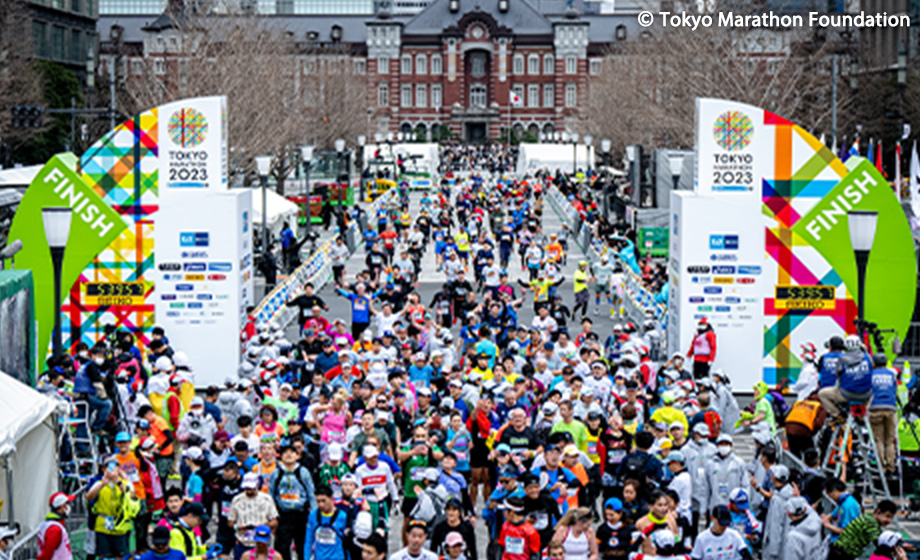
Marathons
Incorporating the Wishes of all Marathon Runners
Beginning with the Tokyo Marathon, Seiko is proud to be the official timer, not only of that event in 1964. but of marathons worldwide. Seiko is a strong supporter of all marathon runners, both professional and amateur.
People-Friendly & Planet-Friendly
79
Barrier-Free Watch
Developing innovative technology that is reliable and accurate and inspires the next generation has always been a priority for Seiko. However, like all modern corporations, we must also be thinking not only about our customers, but also about society as a whole, and about the natural environment that we all share. Today that is considered corporate responsibility. We have always thought about the needs of a wide range of individuals, regardless of age or ability. For example, we are concerned about people with disabilities, and so will continue to produce watches designed to remove barriers.
Tactile Watches
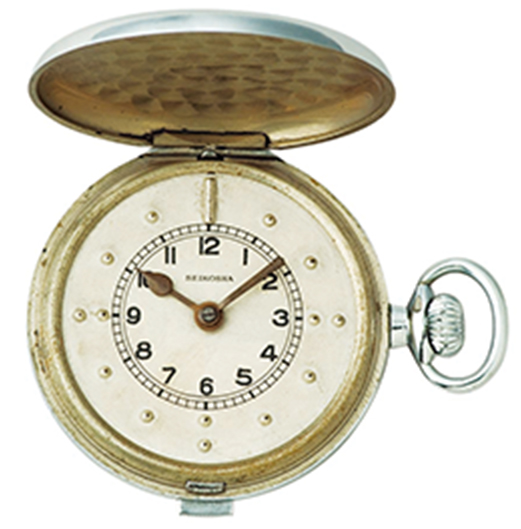
The first model: a pocket watch without a cover glass
A tactile watch allows the user to read the time by directly touching the index markers and the hands. Seiko has been manufacturing such watches since the 1930s. At that time, pocket watches without a cover glass were the norm.
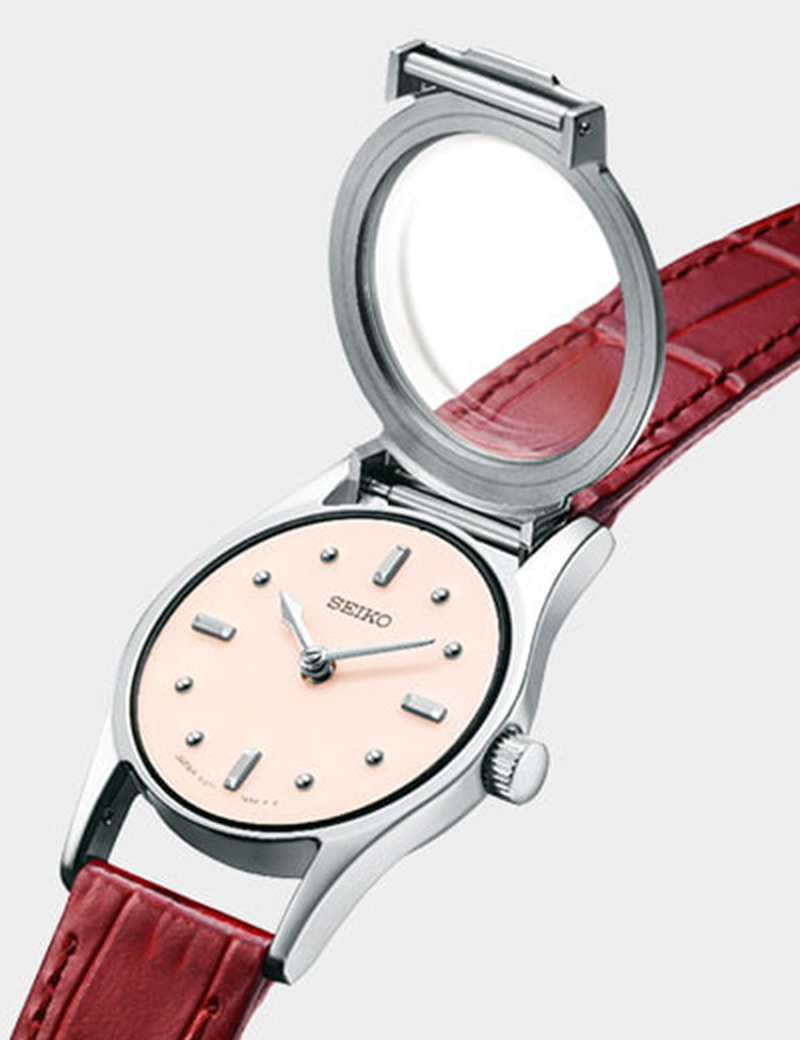


Easy-to-Use,
fashionable wristwatch type
Here is the latest wristwatch model. The cover is opened by placing a finger on a protrusion located at the 6 o’clock position. It has an easy-to-read design that uses different shapes for the hour and minute hands as well as for the indexes at the 12, 3, 6 and 9 o’clock positions.
Digital Talking Watch
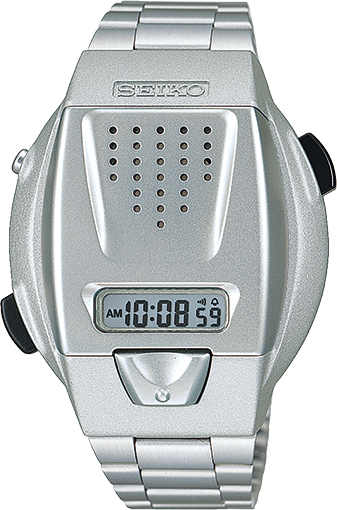
Seiko’s first talking
digital watch
With the push of a button, the user activates a voice that speaks the current time. This model is popular among the visually impaired. Both the first model and the 2020 model received the Good Design Award.
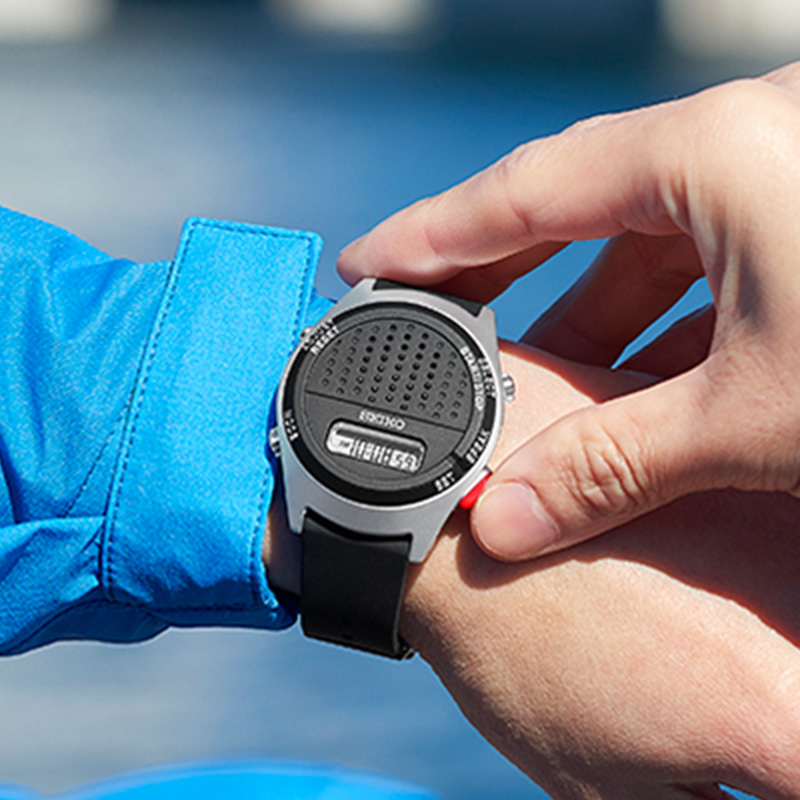
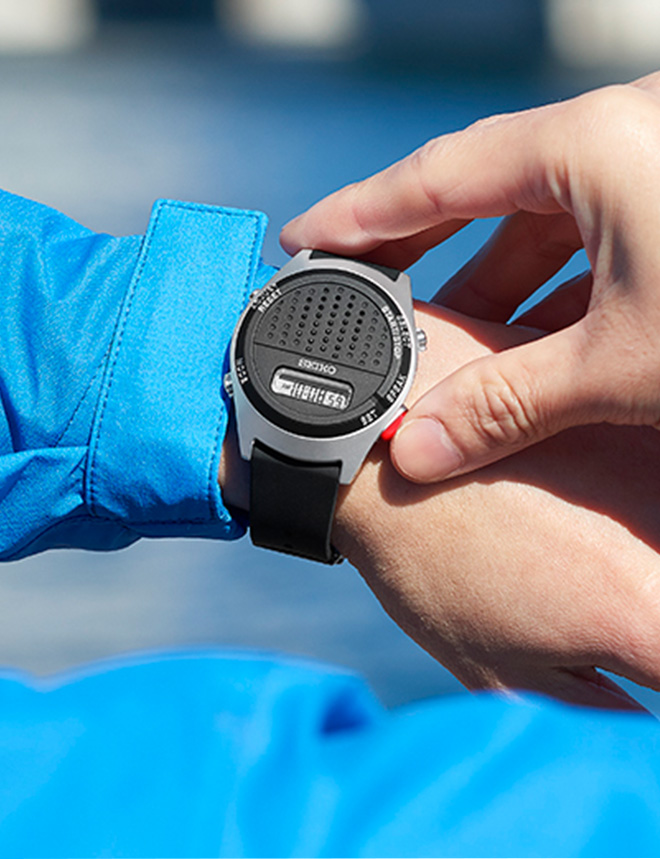

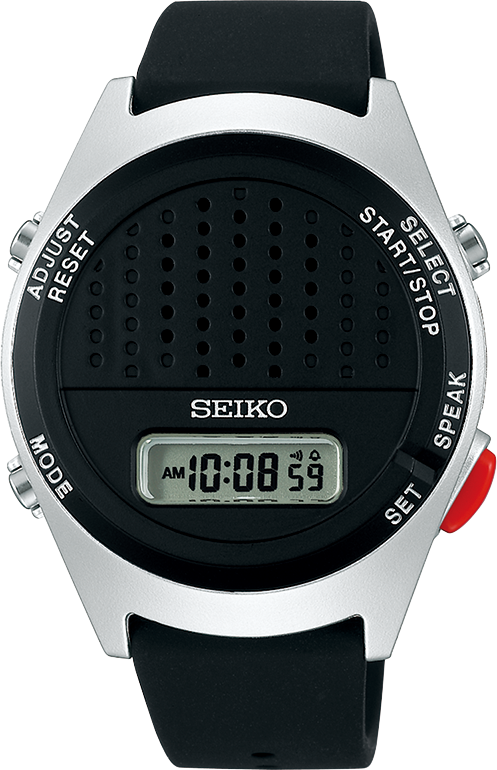
The Latest Model for Sports
Developed based on research suggesting that many visually impaired people enjoy marathons, walking, and other types of physical activity. This model has evolved to include features such as a silicon band that improves wearability for active users.
80
Seiko Promotes
Marine Conservation
Seiko is also committed to activities that promote the creation of a better global environment. Beginning with document digitization to conserve forest resources, we contribute to the creation of renewable energy, and support waste reduction projects connected to the protection of marine resources. Part of Seiko’s mission is to support sustainable efforts to connect our precious planet with “Time.”
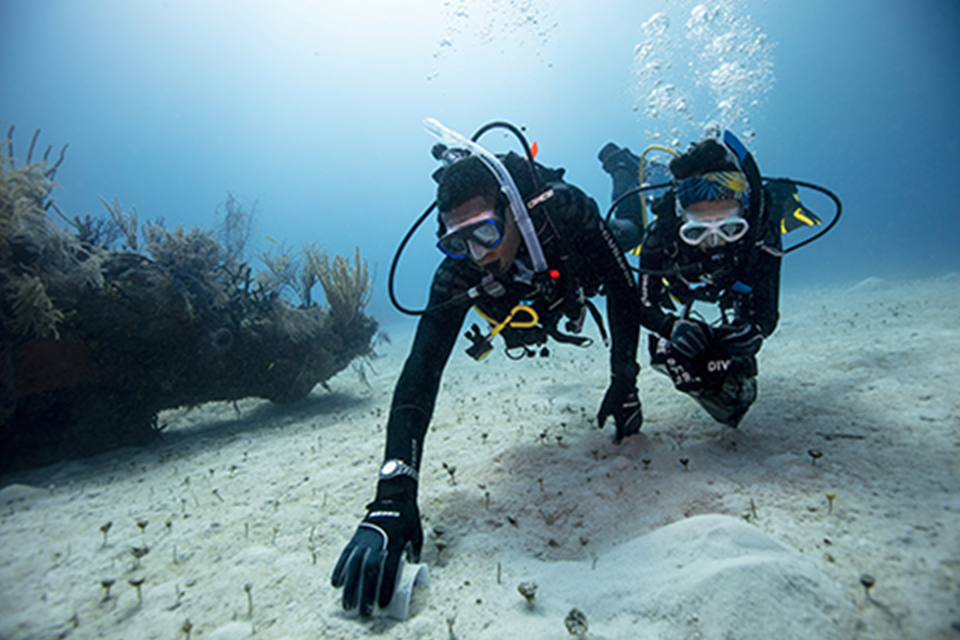
Extensive support for conservation activities to clean-up seafloor debris
PADI (Professional Association of Diving Instructors), the world’s largest diving network and a leader in diving education, conducts the Marine Debris Program, in which divers clean up debris from the seafloor. As part of our support for divers worldwide and for nature conservancy in general, Seiko donates a portion of the sales of our Prospex to support these and other marine conservation activities.




